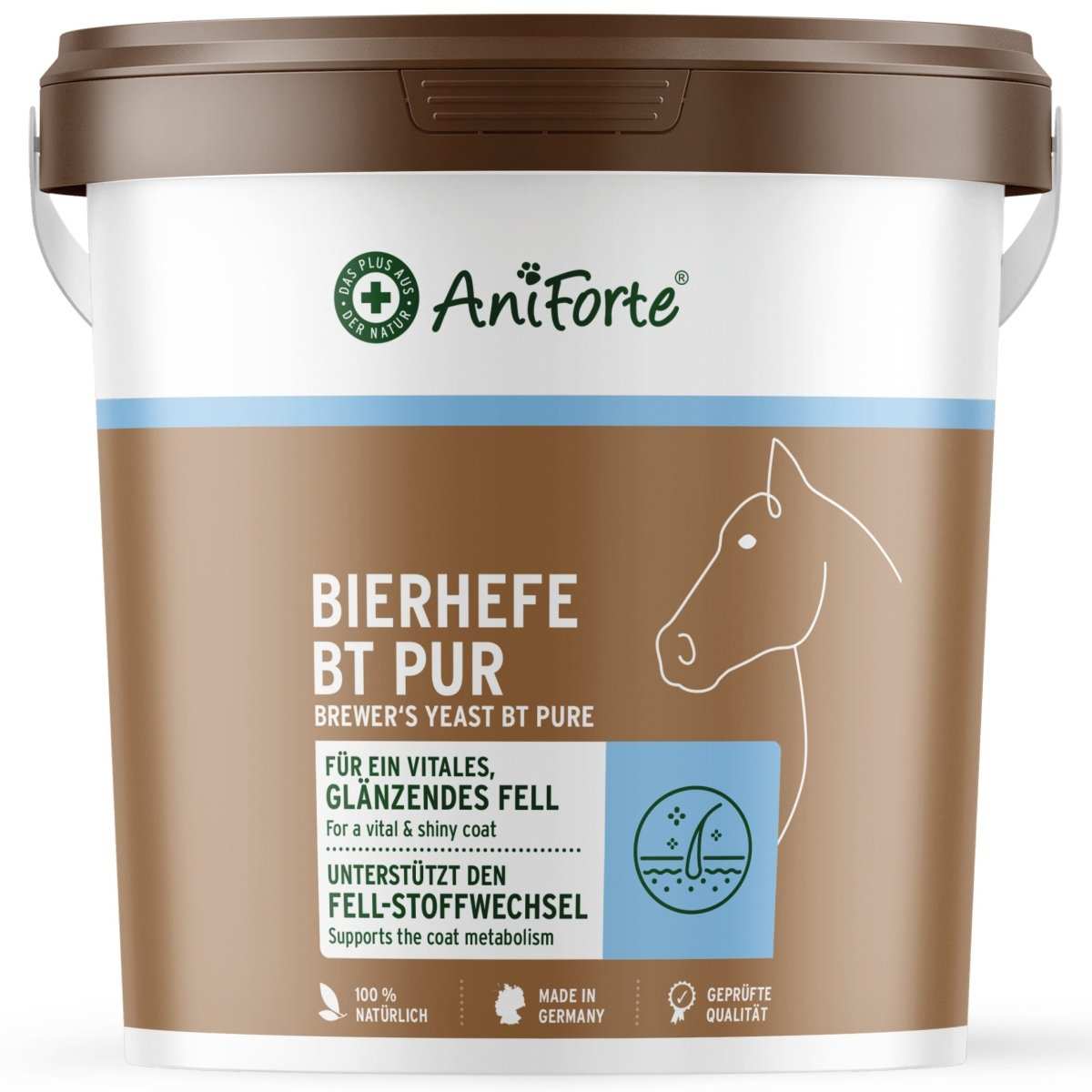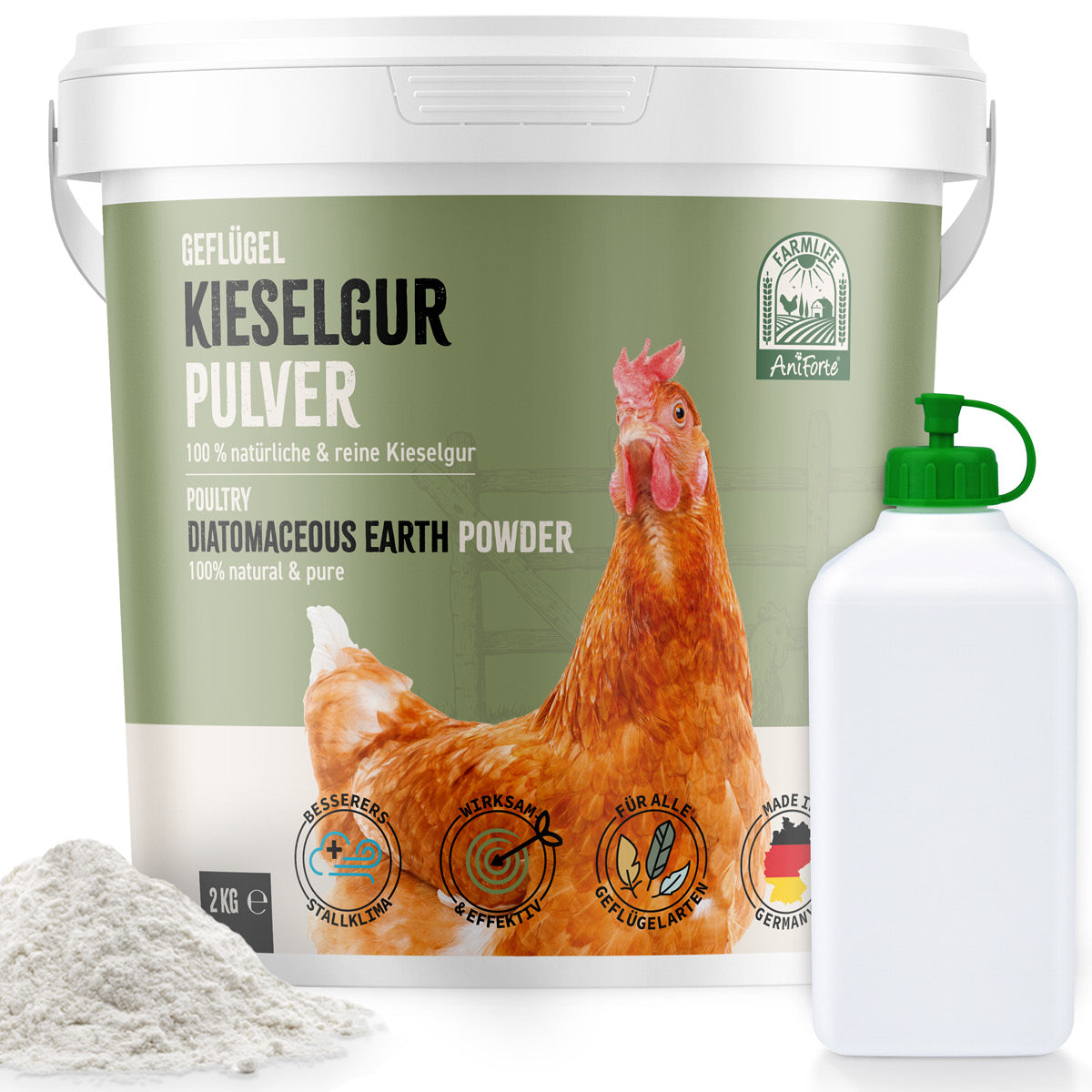Food intolerances have become increasingly common in dogs in recent years. However, many dog owners do not realize until it is too late that signs such as itching or problems with the stomach are a food-related reaction. That's why, in the first part of our series on "Food intolerance - tracking down the cause", I explain how you can recognize a food intolerance or even allergy in your dog.
Food allergy or food intolerance?
Food allergy is often equated with intolerance when a dog cannot eat its food food. But there is a difference: food allergies are immunological processes, i.e. your dog's entire defense system is deployed against certain ingredients in the food. Food intolerances, on the other hand, are hypersensitivity reactions.
What exactly is a food allergy?
If your dog has an allergic reaction to certain ingredients in the food (usually 2-3), his body uses its immune defense against them, unlike in the case of food intolerance. This often leads to severe skin reactions in your pet.
A vet can arrange an allergy test, but the pollen from plants and grasses in the environment should also be included in the test. This test is not 100% conclusive in determining feed allergies and thus ruling out feed intolerances. This is because the test identifies foods that are most likely to be tolerated by the dog. However, it is not possible to determine with 100% accuracy which substances the dog is allergic to and which it is intolerant to.
The blood test checks whether the dog has formed antibodies for certain foods. If no antibodies are found, it can be assumed that the dog does not have an allergic reaction to the food tested. However, if antibodies have been detected, this does not immediately mean that an allergy exists, but merely that the dog has come into contact with it.
An elimination diet or exclusion diet is the best way to determine whether and to what your dog is allergic or whether it may just have a food intolerance. This involves feeding your four-legged friend only one meat and one carbohydrate source for a period of approx. 4 - 6 weeks. This is because the allergy is usually triggered by a protein allergen - this can come from cereals, meat or other ingredients. An allergy to vegetables or fruit, on the other hand, occurs much less frequently. If your dog's symptoms gradually disappear, the suspicion of a food allergy is confirmed. To be absolutely sure, do a provocation test and then feed your dog the old food again. If the allergy symptoms then reappear, you can assume that there is a food allergy.
Primary and secondary food allergy
A distinction can be made between primary food allergy and secondary food allergy. The difference is the time that passes before your dog shows a reaction to its food. In the case of primary food allergy, this occurs promptly. In the case of a secondary food allergy, there is a delayed reaction that can take up to several weeks. Only after your dog has eaten the food that his immune system is resisting over a longer period of time does it become "overstimulated".
It may therefore be that your dog only reacts allergically to certain types of grain or meat years later, even if he previously tolerated them without any problems. For the dog owner, such a food allergy then feels very sudden, but in fact it has been present for a long time. In such a case, it is important to test all the ingredients in your pet's food as described above by means of an exclusion diet. In the case of a food allergy, the triggering substance often has to be avoided for life.
What exactly is food intolerance?
Food intolerance has in common with an allergy that certain parts of the food are not tolerated by your dog. However, not the entire immune system kicks in, but the problem of food intolerance manifests itself particularly through problems in the gastrointestinal tract. Unfortunately, this can be extremely painful for your pet as the food cannot be digested properly. Many animals with food intolerances react restlessly and clearly show their owner that they are not feeling well. You should therefore pay particular attention to the symptoms your dog shows in order to recognize food intolerance at an early stage.
What are the signs of food intolerance or food allergy
in my dog?
Gastrointestinal problems
Your dog's stomach problems are particularly noticeable in the case of food intolerance. For example, when fed with ingredients that are not tolerated, there is increased grass eating, vomiting, stomach squeaking and backward sneezing - where the dog lifts its head and repeatedly sucks in air with a gasp. It has similarities with a choking attack. The intestines, especially the large intestine, are also affected by food intolerance: Your dog has gassing up, you notice his loud bowel noises or he has recurring flatulence.
If you notice that he defecates particularly frequently and that it is covered in mucus or even blood, this could also be a sign of food intolerance. In such a case, colitis occurs with digestive disorders. The gastric mucosa is also often affected by food intolerance. As your dog's gastrointestinal tract can no longer absorb nutrients from the food properly, your pet can often become weakened as a result.
Itching and skin problems
The signs of a food allergy are often less well recognized by many dog owners than those of a food intolerance, as they are not immediately associated with the food: Biting, chewing and licking of the paws. Your dog is less likely to show such reactions from a food intolerance due to the intense itching that can be triggered by the allergens. This irritation is strongest on your dog's paws, flanks, groin and armpits. Itching in the anal area can also be unpleasant for animals. The intense licking, biting and scratching causes further damage to the skin and infectious secondary diseases develop. However, itching can also have non-allergic causes. To clarify this in advance, it is best to seek advice from your vet or veterinary practitioner.
Atopic dermatitis is the most important and most common allergy-related skin disease. The main symptom here is usually severe itching. In dogs, it mainly occurs on the face, lips and around the eyes. Redness and inflammatory symptoms become visible. The dog rubs its face on the carpet, for example, and its earlobes become red and hot. His eyes watering and your four-legged friend's eyelids are reddened. Ear inflammation (otitis externa) and inflammation of the anal sacs may indicate an allergic reaction and not a food intolerance.
Redness and heat of the skin are noticeable, brownish discoloration of the coat due to licking, hairless patches, greasy dog fur and finally secondary infections of the damaged skin caused by bacteria. The skin becomes extremely scaly. Weeping, sometimes purulent skin areas with crusts develop and finally the typical severely hairless, altered skin areas (lichenification). The result is a strong odor.
Allergies are also considered a possible cause of 'Acral Lick Granulomas ', a frustrating, treatment-resistant condition where your dog inflicts sores on his skin by constantly licking.
Many dog owners don't realize the connection between their dog's food allergy and his constant itching. Unfortunately, in such cases, treatment is often given in the wrong direction, which prevents the dog from having a carefree existence. That's why I'll explain the causes of allergies and food intolerance and how you can get them under control in part 2 the week after next.





